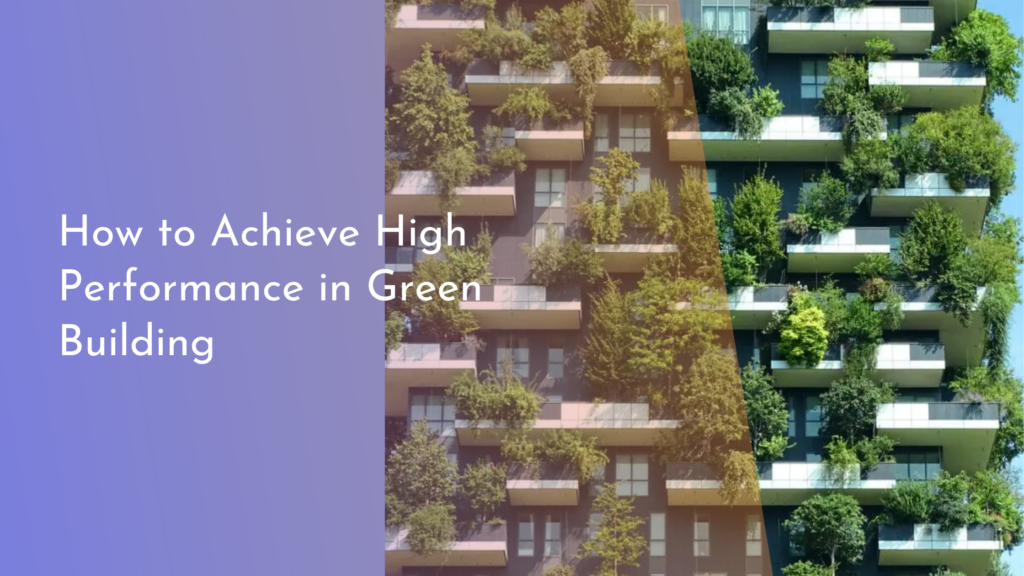The Future of Green Living: Innovations to Watch
In an era where environmental consciousness is at the forefront of global discourse, green living has become more than just a trend—it’s a movement. As technology evolves, so too do the methods and innovations designed to reduce our carbon footprint and create a sustainable future. From smart home technologies to groundbreaking architectural designs, the future of green living is not only promising but also incredibly exciting. This article explores some of the most innovative developments poised to transform how we interact with our environment.
Smart Home Technologies Revolutionizing Living
In recent years, smart home technologies have emerged as pivotal in revolutionizing green living. Smart thermostats, like those from Nest or Ecobee, are leading the charge by allowing homeowners to optimize heating and cooling systems through advanced learning algorithms. These devices can significantly reduce energy consumption by adapting to users’ habits and preferences, ensuring minimal waste. Additionally, smart lighting systems contribute by allowing users to control lighting remotely or schedule timings, further cutting down on unnecessary energy usage.
Beyond energy efficiency, smart home technologies also enhance resource conservation. Smart water management systems, for instance, offer real-time monitoring and control of water usage, identifying leaks and suggesting optimal consumption patterns. Moreover, IoT-enabled appliances, such as refrigerators and washing machines, are becoming more commonplace, providing users with insights into energy consumption while promoting more sustainable choices. These innovations not only reduce the environmental impact but also pave the way for cost savings, making them a win-win for eco-conscious homeowners.
Sustainable Architecture: Building for Tomorrow
The future of architecture is leaning heavily towards sustainability, with designs that harmonize with the environment gaining prominence. One of the key innovations in this field is the development of green roofs and walls, which are being integrated into urban structures around the world. These living surfaces not only improve air quality and reduce urban heat but also offer insulation benefits, reducing the need for artificial heating and cooling. This approach not only aids environmental health but also transforms cityscapes into lush, vibrant ecosystems.
Another exciting trend is the use of sustainable materials in construction, which promises to drastically reduce the carbon footprint of new buildings. Materials such as bamboo, reclaimed wood, and recycled steel are gaining favor due to their durability and minimal environmental impact. Moreover, architects are increasingly employing modular construction techniques that are both efficient and eco-friendly. By prefabricating components off-site, these methods limit waste and reduce on-site energy consumption, showcasing a commitment to sustainable practices in the building industry.
Renewable Energy Solutions on the Rise
Renewable energy is at the heart of the green living revolution, with solar power leading the charge as one of the most accessible and viable alternatives to fossil fuels. Advancements in solar technology, such as the development of solar tiles and transparent solar panels, are making it easier for individuals and businesses alike to harness the power of the sun. These innovations not only offer aesthetic flexibility but also improve energy efficiency, ultimately contributing to a reduction in greenhouse gas emissions.
Wind energy also continues to grow, with innovations such as vertical axis wind turbines and bladeless designs gaining traction. These new technologies are particularly suited to urban environments where traditional wind turbines may not be feasible. Additionally, the rise of battery storage solutions has revolutionized how renewable energy is utilized, allowing for greater grid independence and energy security. This growing versatility in renewable energy solutions signals a move towards a more sustainable and resilient energy landscape.
The future of green living is not just a distant vision, but a burgeoning reality characterized by innovative solutions that blend technology with sustainability. As smart home technologies, sustainable architecture, and renewable energy solutions continue to evolve, they offer exciting possibilities for reducing our environmental impact. Embracing these advancements not only helps preserve our planet for future generations but also enriches our daily lives with smarter, more efficient living options. The journey towards a greener future is bright, filled with promise and potential, igniting hope for a healthier planet.

